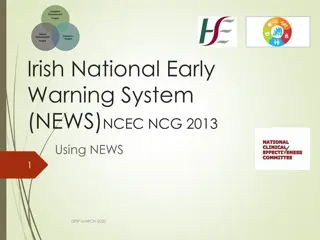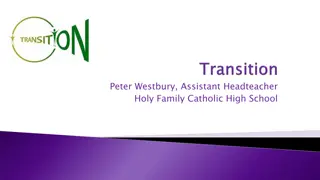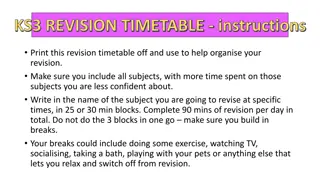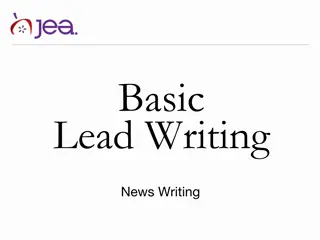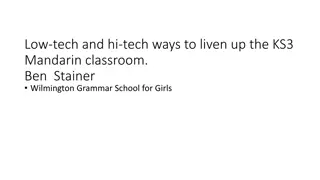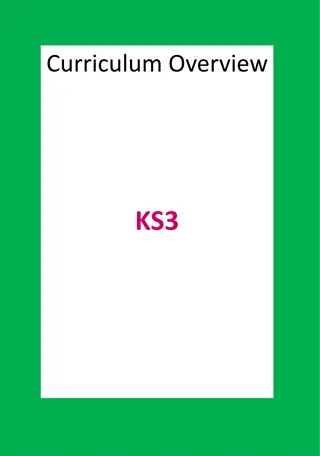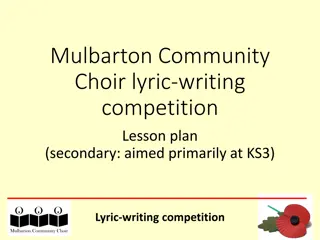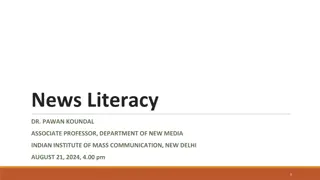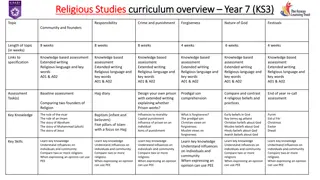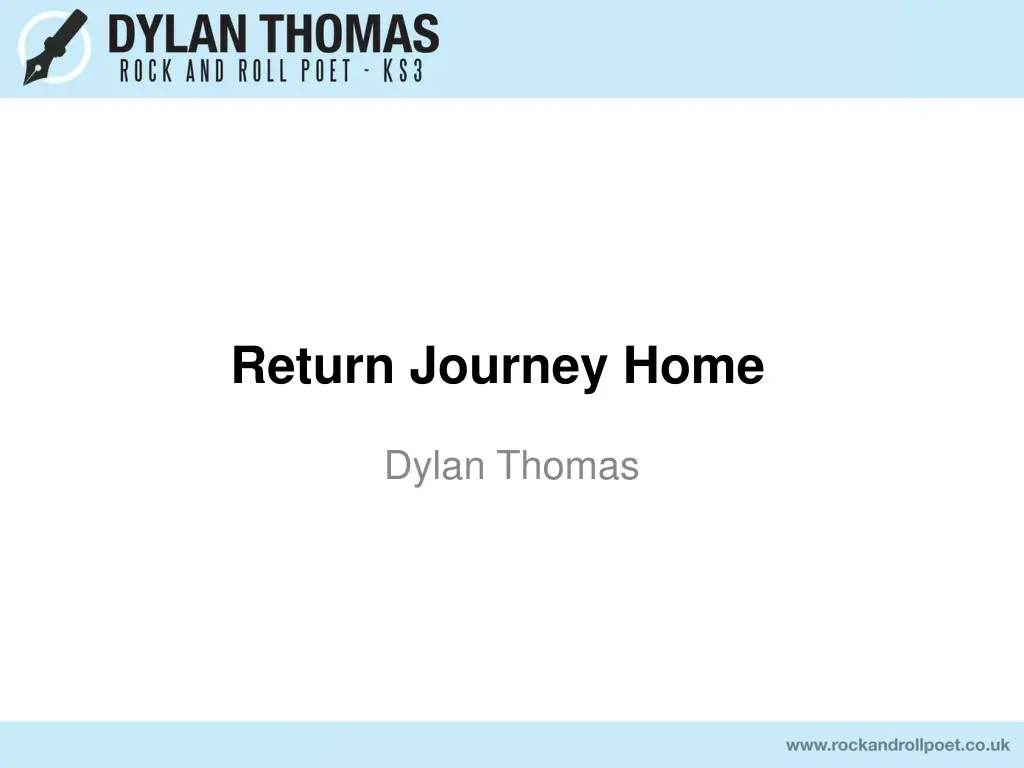
Dylan Thomas and the Swansea Blitz
Explore the impact of the Swansea Blitz during WW2 through the lens of Dylan Thomas's radio play, "Return Journey." Discover the haunting aftermath of the German Luftwaffe's attack on Swansea in 1941 and how it inspired Thomas's evocative descriptions of the devastated town upon his return from America. Uncover the stark realities of war and destruction intertwined with Thomas's poignant words.
Download Presentation

Please find below an Image/Link to download the presentation.
The content on the website is provided AS IS for your information and personal use only. It may not be sold, licensed, or shared on other websites without obtaining consent from the author. If you encounter any issues during the download, it is possible that the publisher has removed the file from their server.
You are allowed to download the files provided on this website for personal or commercial use, subject to the condition that they are used lawfully. All files are the property of their respective owners.
The content on the website is provided AS IS for your information and personal use only. It may not be sold, licensed, or shared on other websites without obtaining consent from the author.
E N D
Presentation Transcript
Return Journey Home Dylan Thomas
The blitzwhat do you know? What do you Know? What do you Want to know? What have you Learnt? Task: Complete the KWL chart.
Background Return Journey is a radio play. It was written and broadcast by Dylan Thomas. It is a moving description of what Thomas encountered when he returned to Swansea from America after the blitz of WW2. The blitz hit Swansea for three nights in 1941.
Background It was a snowy night on the 19th February 1941 when the German Luftwaffe began their three night attack on the coastal town. Swansea's port area was a major target for the German bombers, as the Nazis looked to hinder coal exports and demoralise residents. More than 30,000 incendiary bombs and 800 high- explosive bombs rained down on Swansea killing 230 residents, injuring 409 more and destroying or damaging more than 11,000 buildings.
Facts: Known as Swansea s bleakest hour. On a cold February night in 1941, a hail of deadly bombs and raging fires ravaged the port town in an attack that still resonates down the decades. It marked the start of a three-night Nazi attack. Starting on the night of February 19, the aim of the bombers was to destroy the Swansea Docks and the Victoria railway station. They succeeded in causing devastation to the former centre of the copper industry. Seven decades on, the statistics of the bombing campaign still have the capacity to chill. More than 30,000 incendiary bombs were dropped, leaving 575 business premises burnt out, 282 houses demolished and 11,084 damaged. The human cost was devastating: 227 people were killed, 37 of them under the age of 16. Swansea was left flattened.
Extract from Return Journey It was a cold white day in High Street, and nothing to stop the wind slicing up from the docks, for where the squat and tall shops had shielded the town from the sea lay their blitzed flat graves marbled with snow and headstoned with fences. Dogs, delicate as cats on water, as though they had gloves on their paws, padded over buildings. the vanished
Task: On the copy of the extract, annotate it to look at any use of the following: - links to the events of the blitz - use of simile - use of death imagery - links to place/location
Newspaper Report What makes an effective news report? Discuss in pairs and consider aspects such as technique and organisation. In pairs, look at the exemplar article and annotate evidence of the following: Who/what is the story is about? What has happened? Where did the event take place? When did it happen? Why did it happen? How did it take place?
Newspaper Name Headline
Newspaper Name Headline Sub-Heading
Newspaper Name Headline Sub-Heading Column
Newspaper Name Headline Sub-Heading Column Additional Headline
Newspaper Name Headline Sub-Heading Picture Column Additional Heading
Newspaper Name Headline Sub-Heading Picture Column Caption Additional Heading
Newspaper Name Headline Sub-Heading Picture Column Caption Additional Heading Advert
In pairs: Complete the following planning sheet in preparation for your writing task
Writing Task: Using the facts that you have been given, along with Dylan Thomas s description of Swansea on his return, write a newspaper report detailing the events as though they had just occurred.
Return to your KWL charts and note down what you feel you have now learnt.





